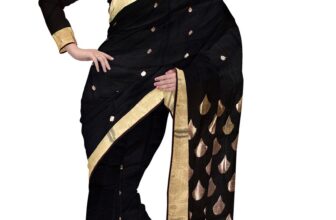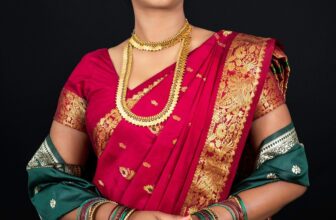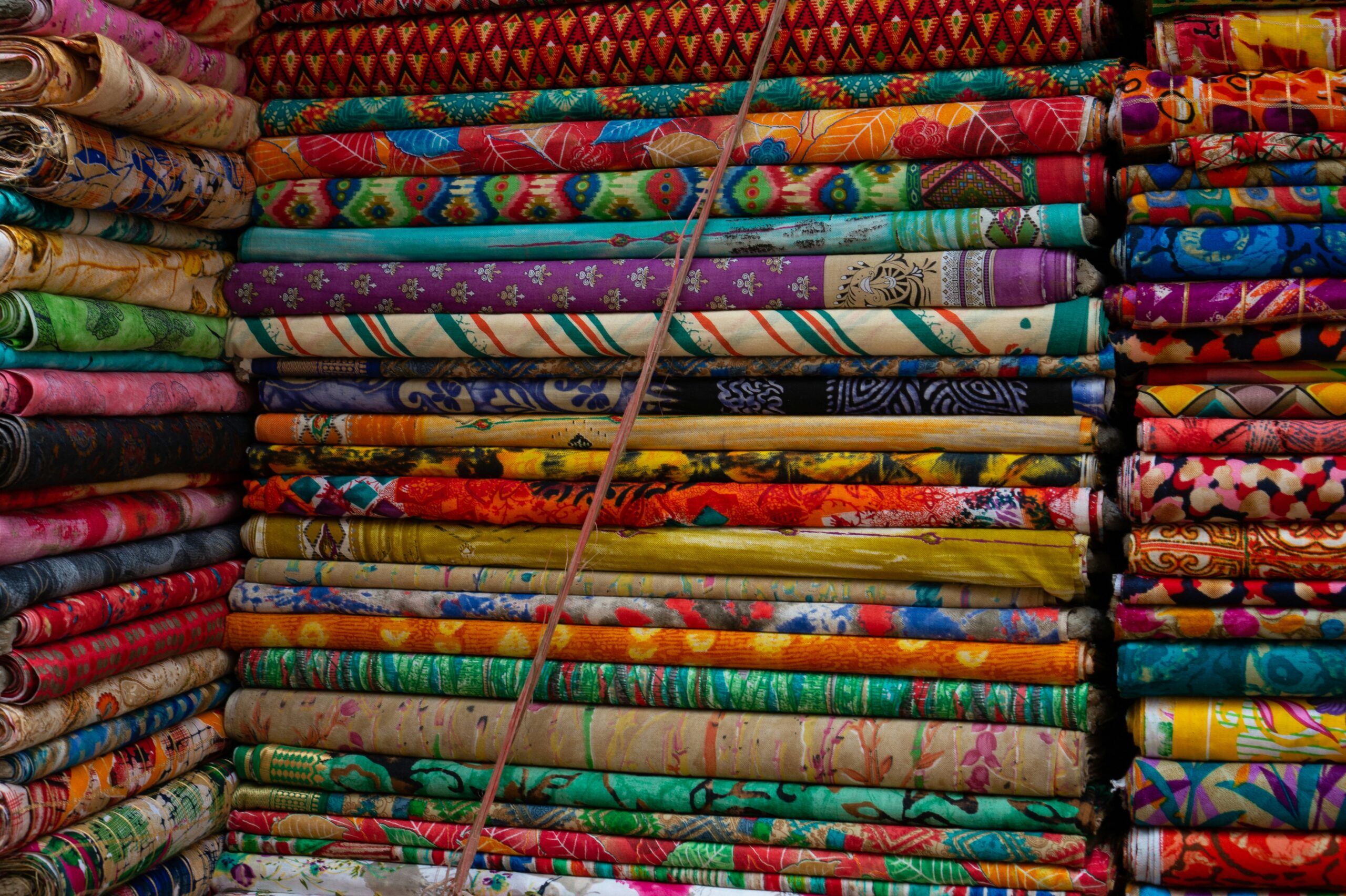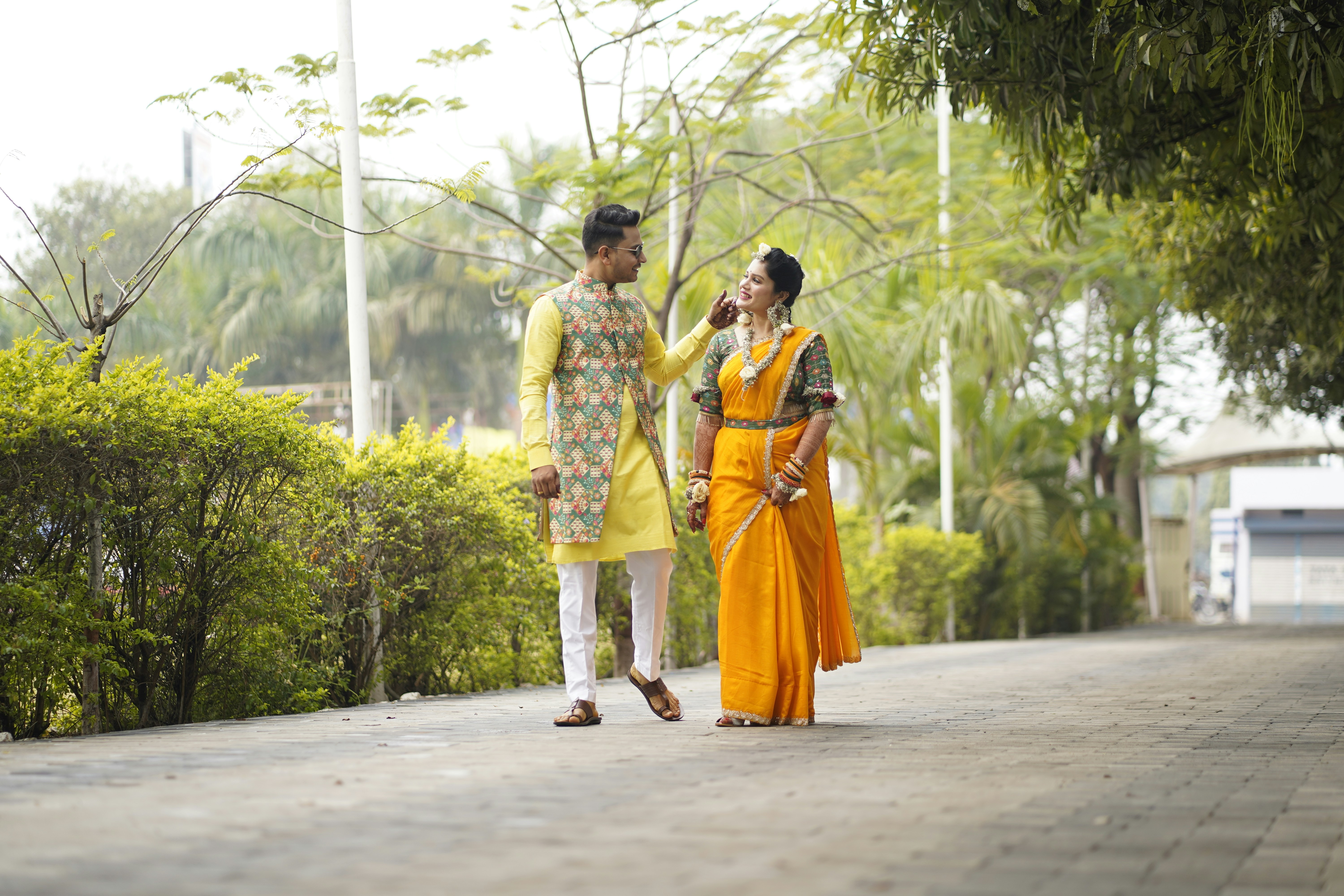An In-depth Look into Elegance, Craft, and Cultural Significance
When it comes to sarees, India offers a rich tapestry of choices that cater to every style, budget, and occasion. Two major contenders in this arena are designer sarees and handloom sarees. Both styles hold immense appeal, but they serve very different purposes and reflect unique aspects of Indian fashion heritage. This blog explores the nuanced differences, advantages, and emotional values behind each type helping you decide which one wins in your wardrobe.
The Essence of Handloom Sarees
Handloom sarees are the soul of Indian textile tradition. They are made using manually operated looms and represent centuries of craftsmanship passed down through generations. Every region in India has its own distinct handloom saree from the elegant Kanchipuram silk of Tamil Nadu to the rustic charm of Sambalpuri cotton from Odisha.
Handloom sarees are more than just pieces of fabric, they are a story woven by skilled artisans, often taking weeks or even months to create a single piece. The materials used are natural like cotton, silk, or linen and the dyes are often eco-friendly and derived from traditional sources. Because of this, handloom sarees have gained recognition for their sustainability and authenticity.
The Allure of Designer Sarees
Designer sarees are modern creations brought to life by fashion designers who fuse Indian tradition with contemporary fashion trends. These sarees are often made with a blend of luxurious fabrics like net, georgette, chiffon, or satin and are adorned with intricate embellishments sequins, beads, Swarovski crystals, lacework, or digital prints.
Unlike handloom sarees, designer sarees are usually trend-driven. They’re meant to be eye-catching, glamorous, and suited for occasions like red carpets, celebrity weddings, fashion shows, or high-profile parties. Designer sarees often reflect the personality and creativity of the designer, making each piece a unique expression of style.
Craftsmanship and Technique
Handloom sarees showcase the finesse of traditional weaving techniques many of which are now endangered. Techniques like Jamdani, Ikat, and Banarasi weaving require an expert’s touch, and the resulting sarees are celebrated for their craftsmanship and ethnic charm.
Designer sarees, on the other hand, prioritize contemporary aesthetics and trendsetting appeal. Machine embroidery, digital printing, 3D appliqués, and fusion of Western silhouettes give these sarees a cosmopolitan edge. While they may not always follow traditional techniques, they stand out for their innovative approach.
Cultural Value vs. Fashion Statement
Handloom sarees carry an immense amount of cultural weight. Wearing one is often seen as a tribute to Indian heritage. They are the choice for festivals, religious ceremonies, and cultural events where authenticity is valued. For many women, a handloom saree is a family heirloom, passed down through generations with deep emotional connection.
Designer sarees, however, make a strong fashion statement. They are more about personal style, glamour, and standing out in a crowd. When you wear a designer saree, you often want to showcase your sophistication, modernity, or experimental side. It’s more of an individualistic choice than a cultural one.
Comfort and Wearability
Handloom sarees, especially those made of cotton or soft silks, are incredibly breathable and comfortable. They are suitable for long hours of wear, especially in tropical climates. Their fabric tends to be body-friendly and ages gracefully with time.
Designer sarees may look ethereal, but sometimes comfort is compromised for the sake of style. Heavily embellished sarees can be difficult to manage, particularly during long ceremonies or dancing at receptions. The synthetic fabrics used may not breathe well and can feel heavy over time.
Versatility and Occasions
Handloom sarees are extremely versatile. A simple cotton handloom saree can be worn at work, while a rich silk handloom saree like Kanjeevaram or Banarasi is perfect for weddings and grand functions. Their classic look ensures they never go out of style.
Designer sarees are typically event-specific. You may not wear an ornate designer saree to a formal meeting or a religious ceremony. However, for weddings, receptions, or fashion-forward gatherings, they can steal the show.
Pricing and Value for Money
Handloom sarees may appear costly at first glance, especially high-quality silk ones. However, they offer better value in the long run due to their durability and timeless appeal. You are investing in art, heritage, and sustainable fashion.
Designer sarees can range from moderately priced to exorbitantly expensive depending on the designer’s brand value, fabric, and embellishments. While you may pay for exclusivity and modern style, these sarees may not hold the same resale or heirloom value as handlooms.
Sustainability and Ethical Fashion
In recent years, sustainability has become a major point of discussion in fashion. Handloom sarees champion this cause naturally. They support rural livelihoods, promote slow fashion, and reduce carbon footprints. Buying a handloom saree is an ethical choice that supports skilled artisans and preserves ancient techniques.
Designer sarees are not always made sustainably. They often rely on synthetic materials and factory processes, and not all designers support fair trade or ethical sourcing. However, a growing number of conscious designers are now blending glamour with sustainability, so this is changing gradually.
Personal Expression
Both types of sarees offer unique modes of self-expression.
- A handloom saree tells the world that you value culture, heritage, and sustainability.
- A designer saree reflects your personality, confidence, and willingness to push fashion boundaries.
Your choice ultimately depends on what you want your saree to say about you.
Which One Wins?
The answer depends entirely on context and preference. If you’re a traditionalist who cherishes Indian roots, values craftsmanship, and believes in sustainable living, handloom sarees are the clear winner. If you lean towards modern aesthetics, love making fashion statements, and are attending high-profile events, designer sarees take the crown.
That said, you don’t have to pick one over the other permanently. Many women today are blending the two pairing traditional handloom sarees with designer blouses or using handloom fabrics in contemporary cuts. The key is to build a wardrobe that reflects both elegance and evolution.
Final Thoughts
Rather than comparing them as rivals, consider handloom and designer sarees as two halves of the same coin each beautiful in its own right. One celebrates our past, while the other defines our present and future. In a well-rounded wardrobe, there’s space for both tradition and trend, comfort and couture.
So, the next time you’re shopping for a saree, don’t ask which one wins ask what occasion am I dressing for? Let the saree you choose be a reflection of who you are and what you want to celebrate.






